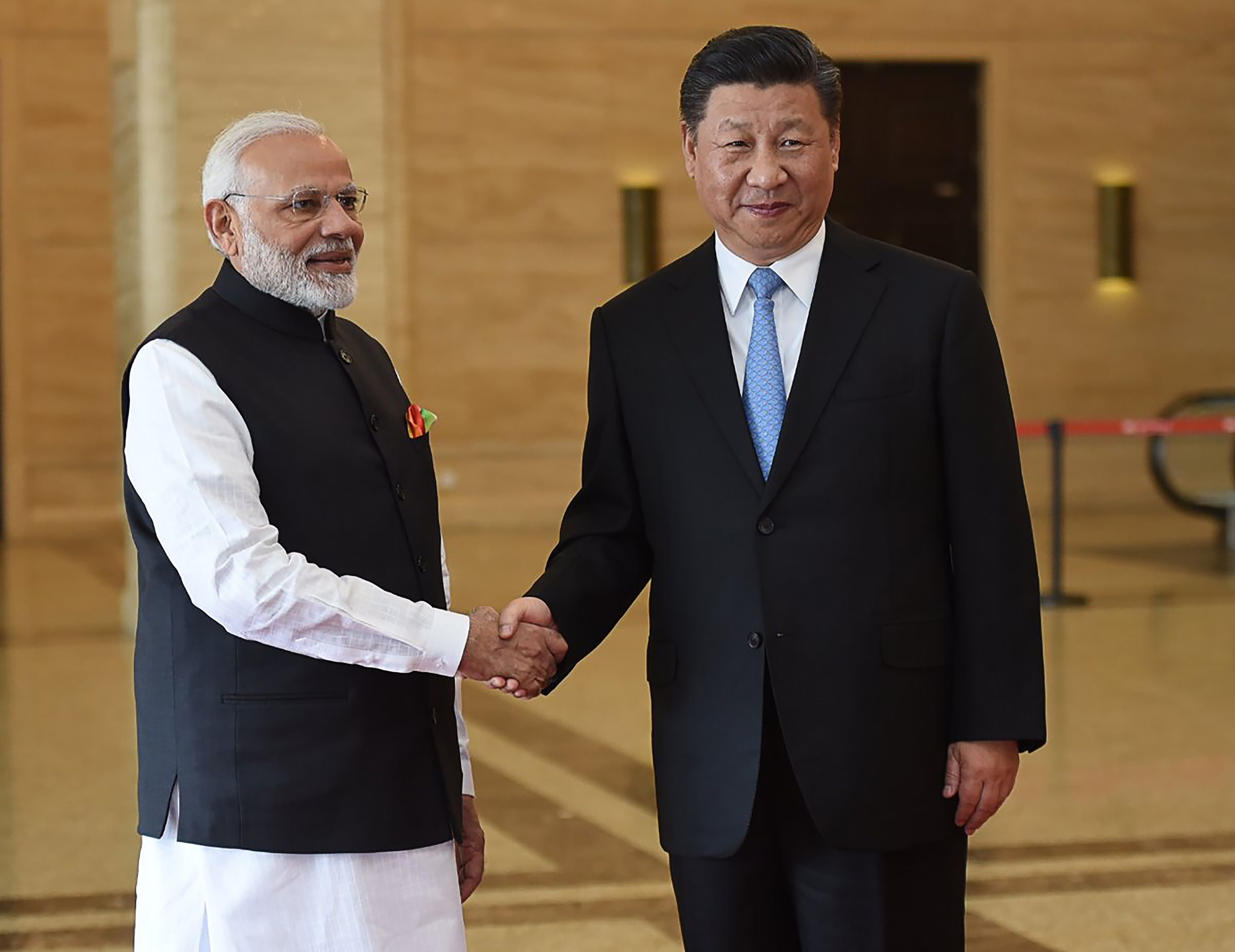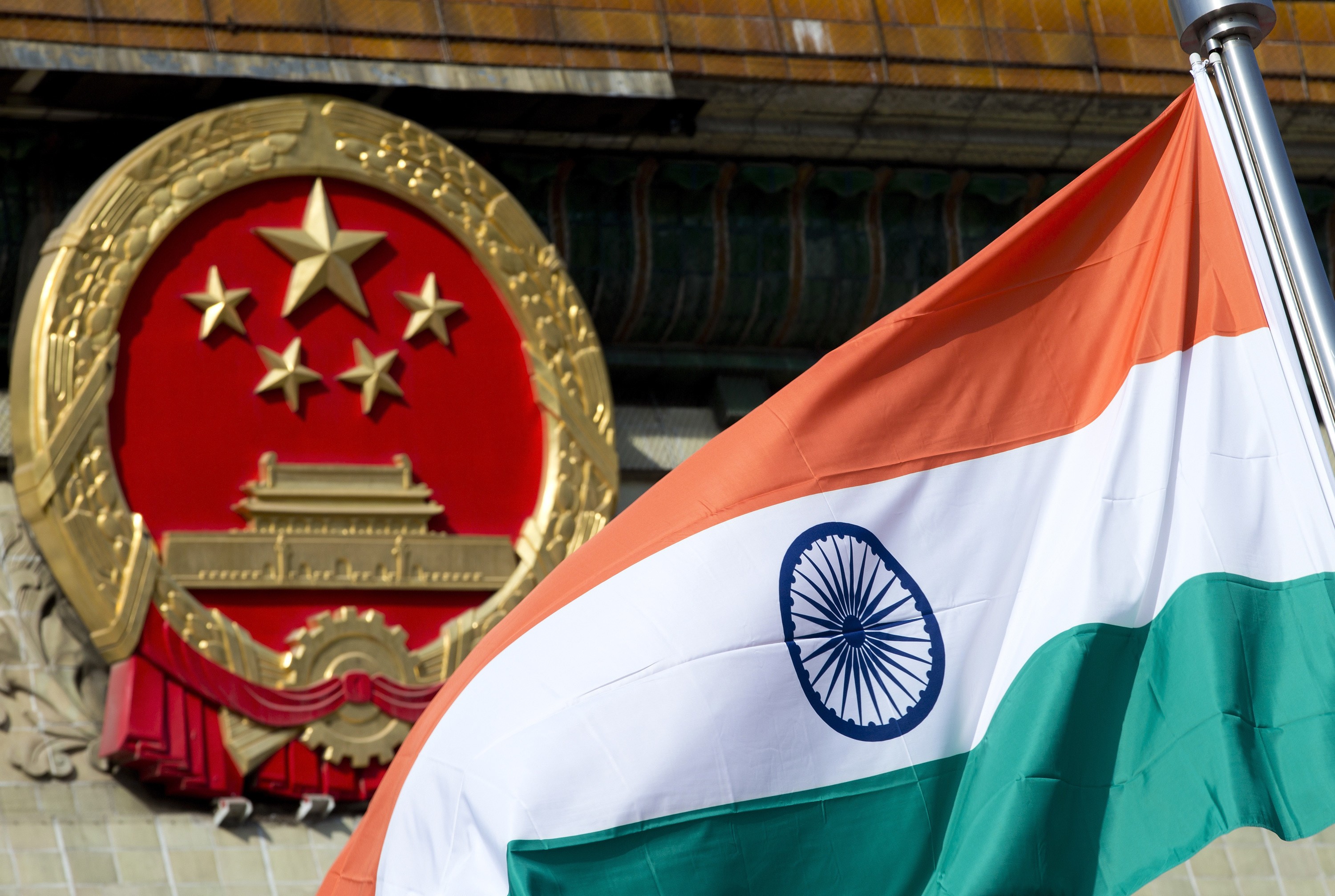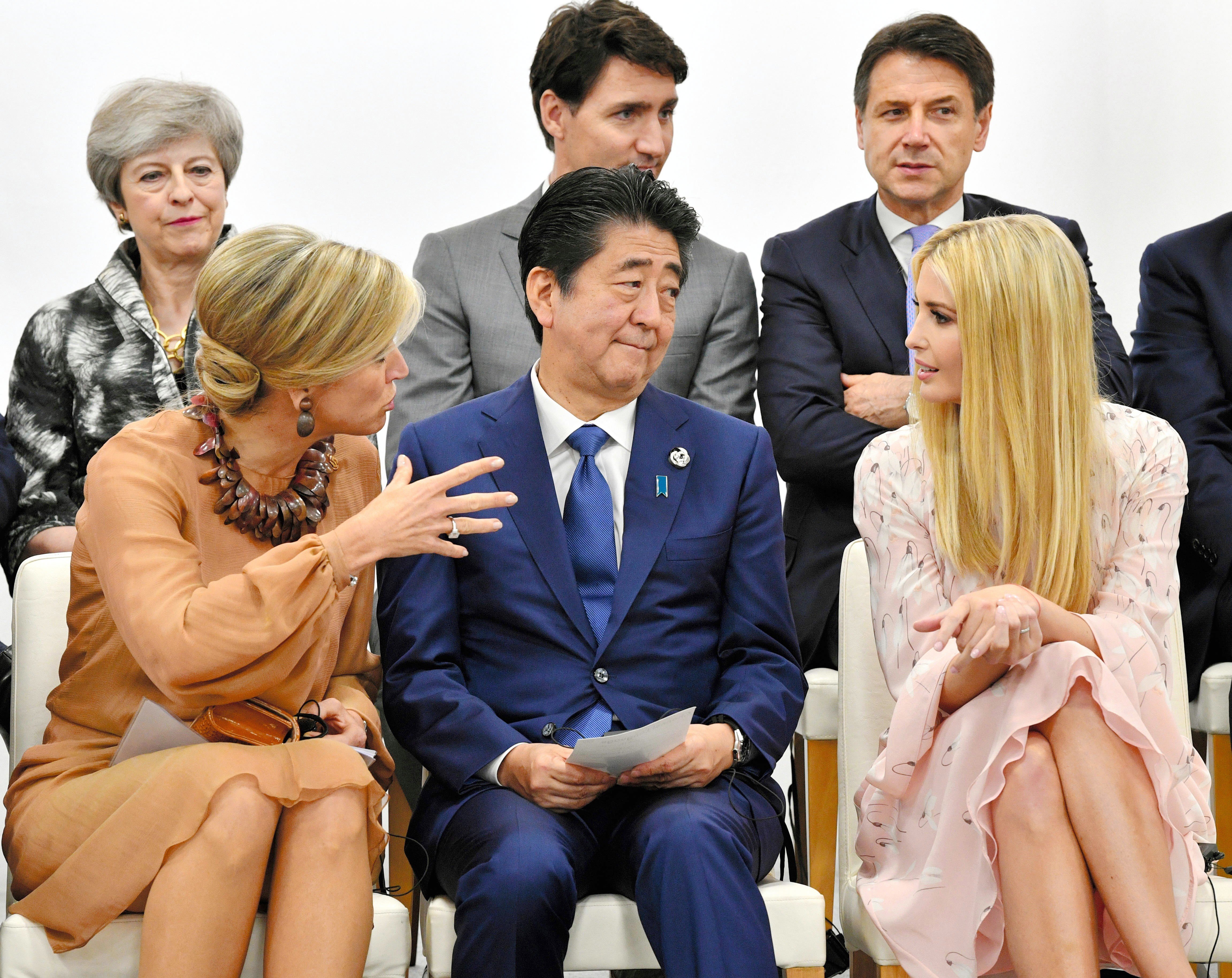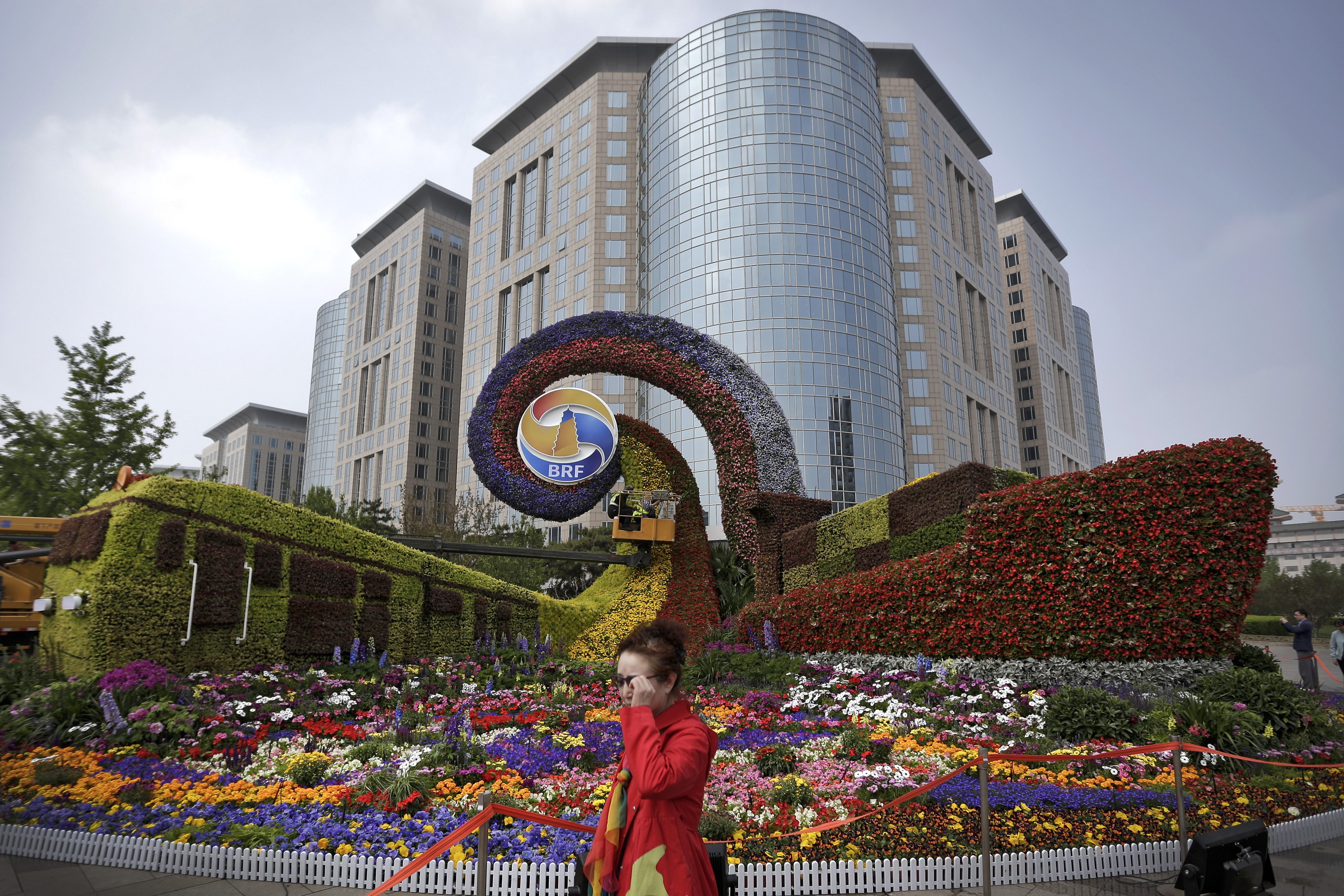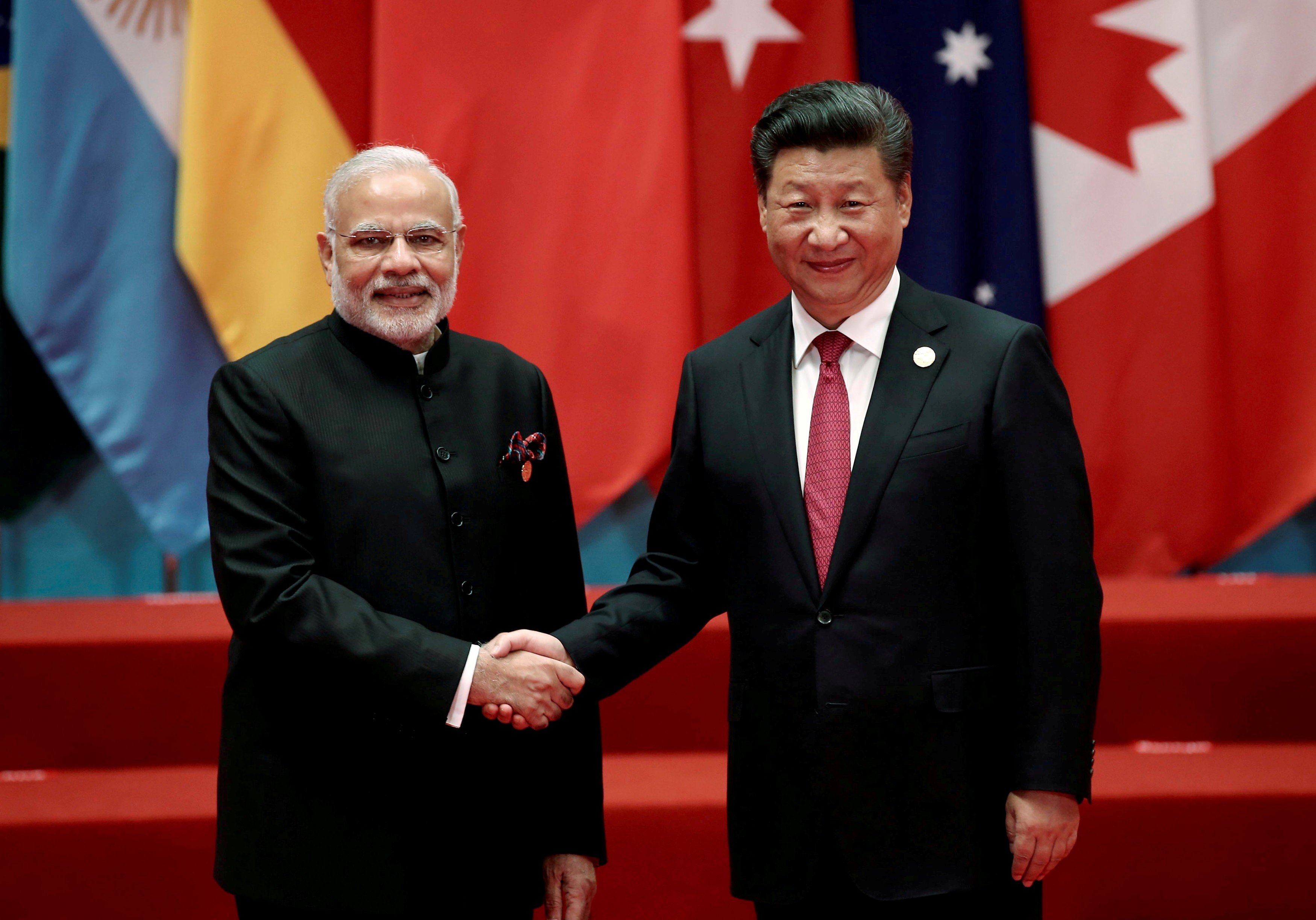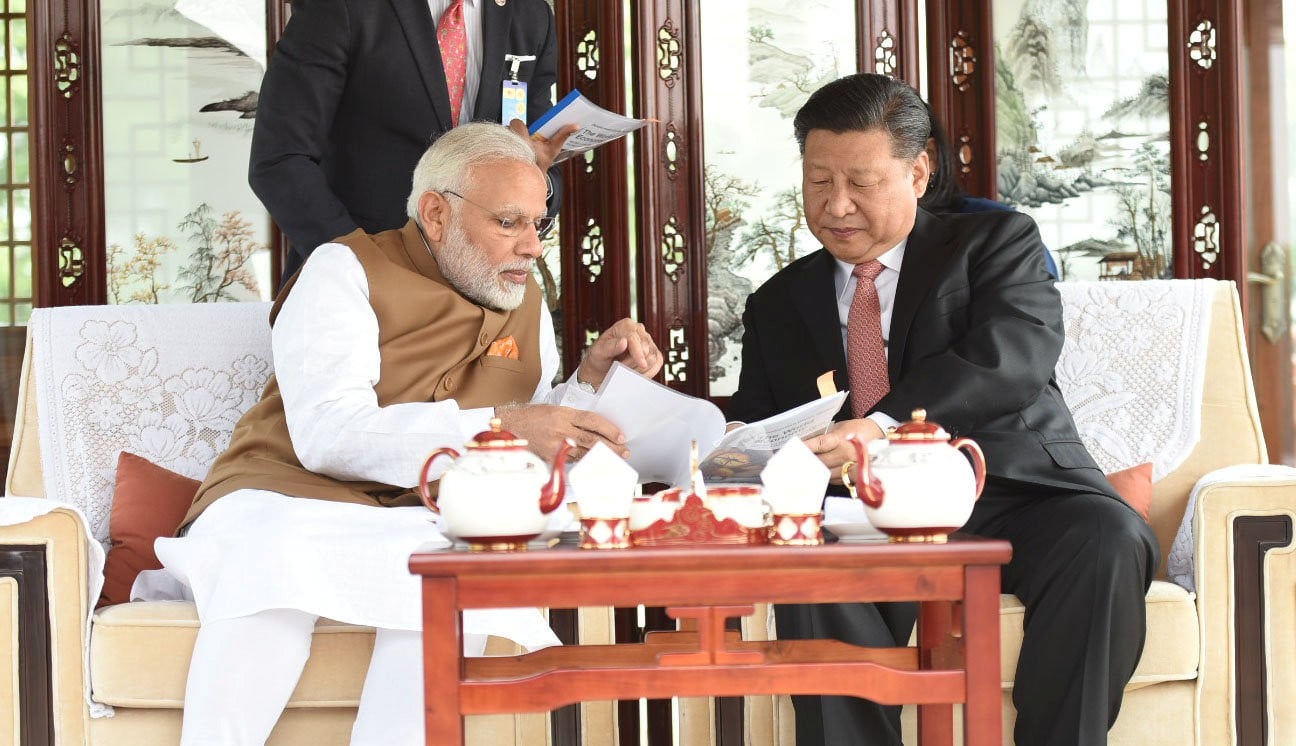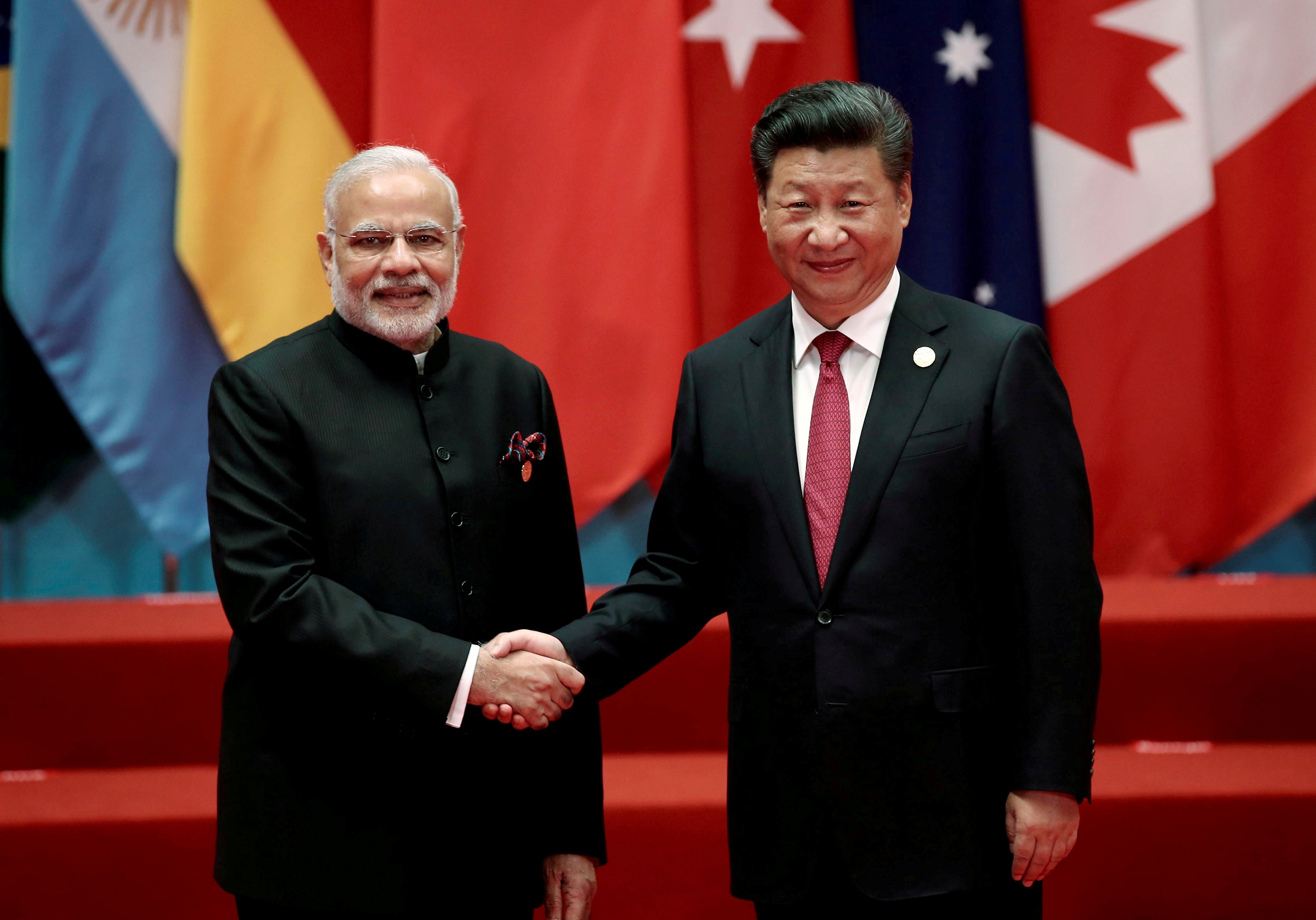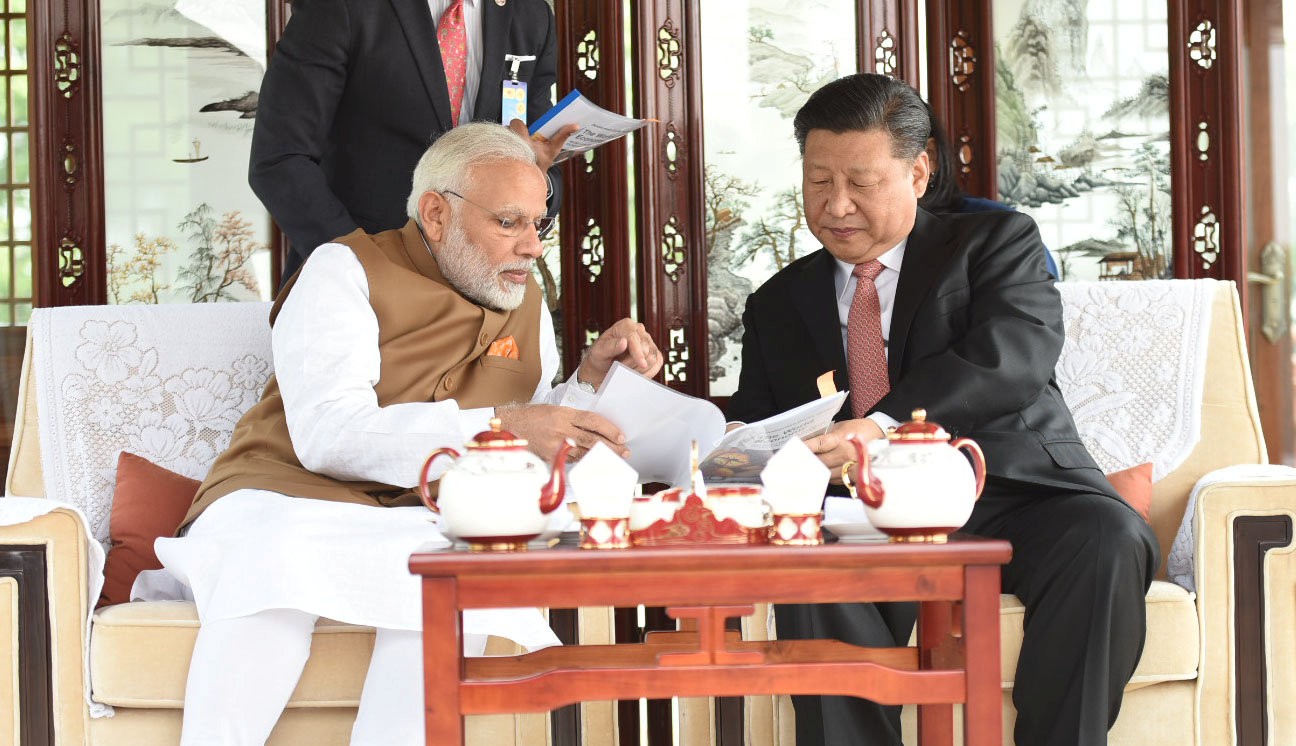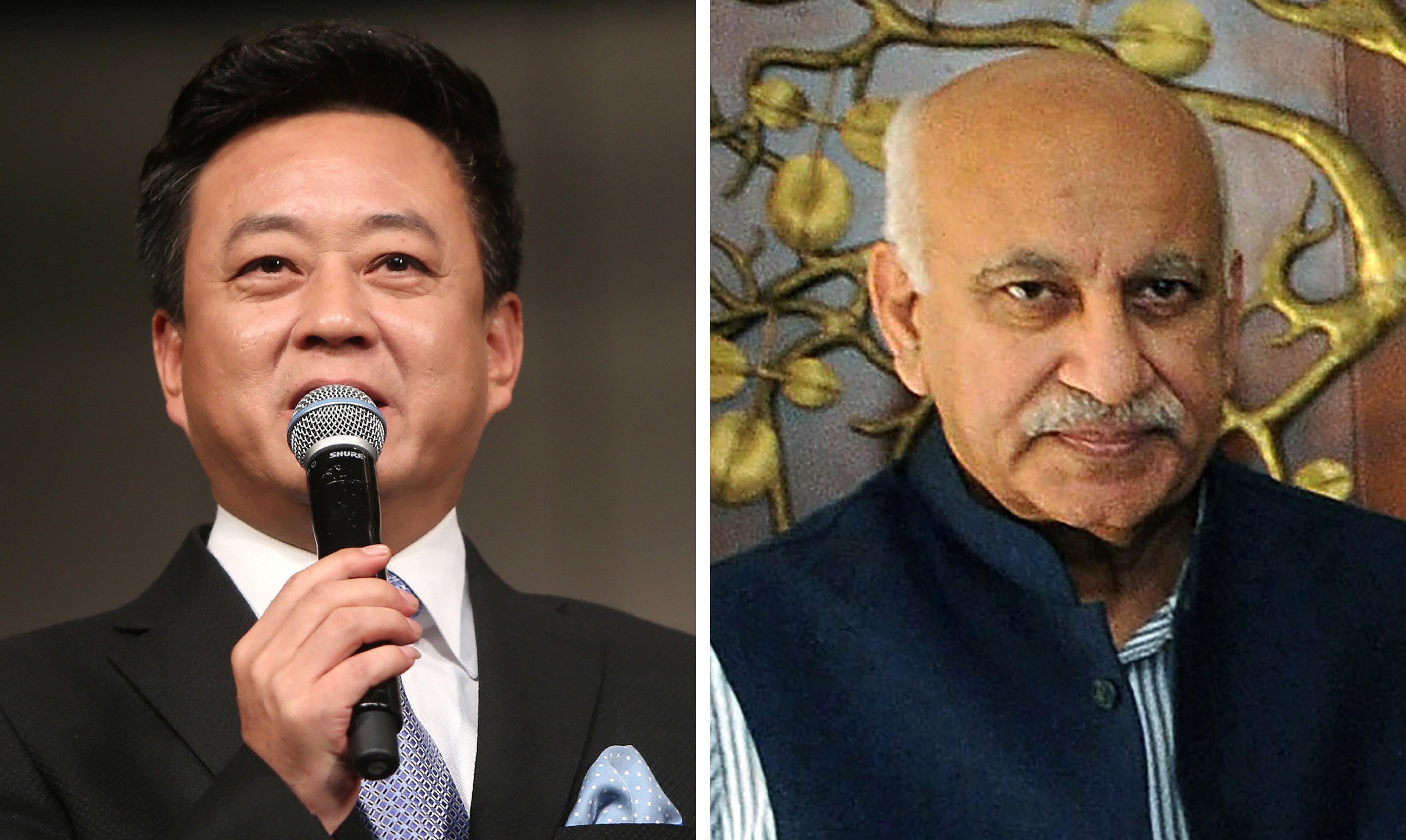
The two leaders have pressed ahead with their ‘informal summits’ despite little prospect of progress on long-standing trade and territorial disputes. Building confidence is the key, even if it means sweeping some things under the carpet.
India’s continued opposition to China’s Belt and Road Initiative could complicate President Xi Jinping’s visit next month.
The 1988 model adopted by Deng Xiaoping and Rajiv Gandhi to shelve differences and find common ground to cooperate needs to evolve as both countries have changed since their time, writes Ananth Krishnan.
India should be clear-eyed about the benefits and costs of engaging with the Chinese firm, rather than get lost in a debate about geopolitics.
As cringeworthy as it was to watch Donald Trump’s daughter at the G20, her glowing comments about India carry a message worth noting.
Border stand-offs with China, air strikes in Pakistan, and a strong-arm approach to India’s smaller neighbours marked Narendra Modi’s first term as prime minister. Now safely re-elected, is it time for the friendly approach?
New Delhi’s absence at the Belt and Road Forum would not have any negative impact on Sino-India ties as the two countries have moved to stabilise their relationship.
Beijing has long walked a tightrope between Delhi and Islamabad, but the US$62 billion China-Pakistan Economic Corridor has changed the game. Can it maintain these newly close relations while preserving regional stability?
Away from the media spotlight of the Trump-Kim summit in Hanoi, another meeting is taking place – one that’s less well-known, but equally significant
Sri Lanka shows Beijing’s enduring influence in South Asia. But as a long-time critic of its expansionist policies, New Delhi still needs convincing
Last year saw the two countries repair their relations after the deep freeze caused by the 2017 Doklam stand-off. But while they grow closer, it is obvious they have different priorities – particularly where the US is concerned
Both China and India agree on what a resolution entails, but neither wants it, for different reasons
Two cases – involving Chinese television anchor Zhu Jun and Indian politician M.J. Akbar – have galvanised women. But the movement is not short of hurdles, and there is no guarantee those who speak out will succeed.

